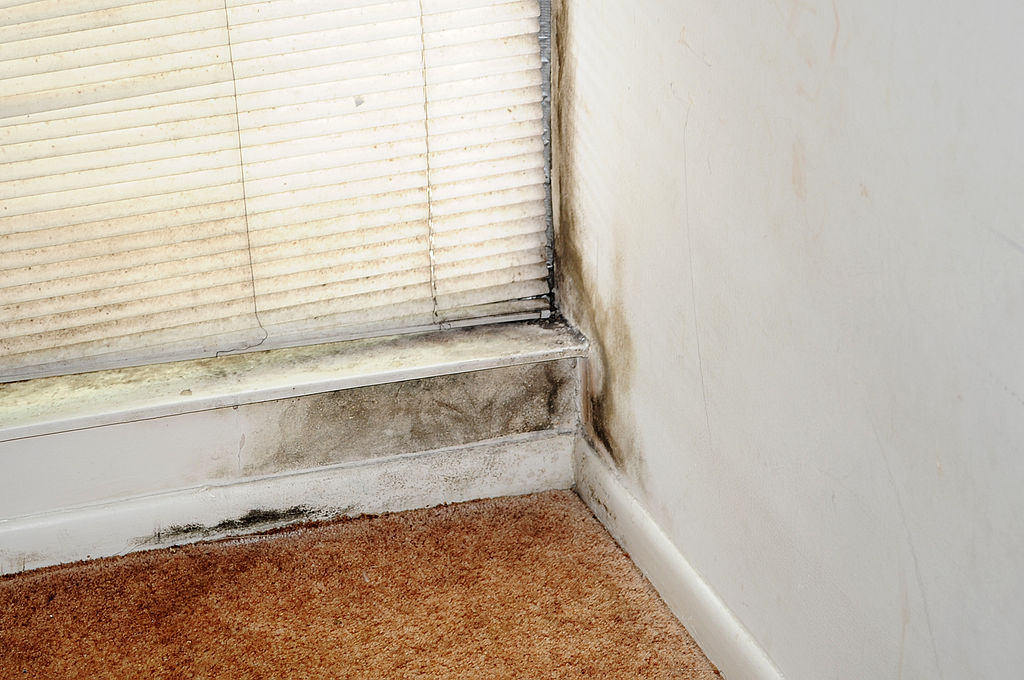Want to jump into the real estate pool? With the heat rising in the market, the water is fine, so we don’t blame you for your enthusiasm.
However, many eager buyers make a ton of rookie mistakes when pursuing their first home, which often tend to be older homes built more than a generation ago.
Unable or unwilling to pump their brakes before signing the closing papers, they fail to get a proper home inspection done – but when you are dreaming of totally sustainable 10% value increases year-over-year, who cares about routine home maintenance?
What they don’t realize is when you ignore stuff like this, things like equity end up getting eaten by the massive repair bills forced on them by their insurance company. Had they put put a few hundred dollars for an inspection, they wouldn’t be in this situation.
Lloyd Claycomb has heard plenty of these stories during a lifetime of work in Denver construction industry. He knows a well-built and maintained home from a shoddy one, and wishes more people had the same knowledge.
When he decides to buy property, he goes through a long checklist that prevents him from ending up with a money sink on his books.
If you are doing home inspection, Local QLD builders Cougar Homes note that there are some key areas you need to be on the outlook for. In this post, we’ll list them off so you won’t end up in a bad spot like so many others in your position.
1) Inspect the walls and ceilings for water leaks
One of the biggest problems with previously owned homes is that there is a decent chance that it has suffered a water leak at some point in its history.
Carefully scan the walls and ceilings in the homes you tour – if you see weird brown stains on some of them, this is a classic sign of a water leak that occurred at some point in the past.
From looking, it can be tough to tell how much damage was done within the interior, but if it was significant, you might be stuck with a huge bill if you end up buying this home in spite of warning signs.
Repair costs involving structural beams are not cheap, so if you see signs of widespread water damage, drop that particular home from your potentials and move on down the street to your next candidate.
2) Look out for mold
Structural damage isn’t the only threat water poses – it can also give rise to mold infections. Whether it is white, yellow, or black, the spores it gives off can stuff you up, only to clear up when you go to work or on a holiday.
From watery eyes to itchy skin to more severe symptoms like vomiting and internal bleeding, mold is not something you want to merely put up with – it needs to be removed as soon as possible.
If the infected area is small, handling it on your own might be possible, but if it is everywhere, an environmental remediation firm will need to handle the problem, which won’t be a cheap endeavour for you financially.
3) Assess the state of the roof
Finally, be sure to check out the roof. Check out the state of the supports and whether the shingles have shifted out of place.
If the beams have warped or the shingles are no longer adequately shielding the rest of the roof, water may have an easy route into the house, resulting in the issues mentioned above.

 Source
Source